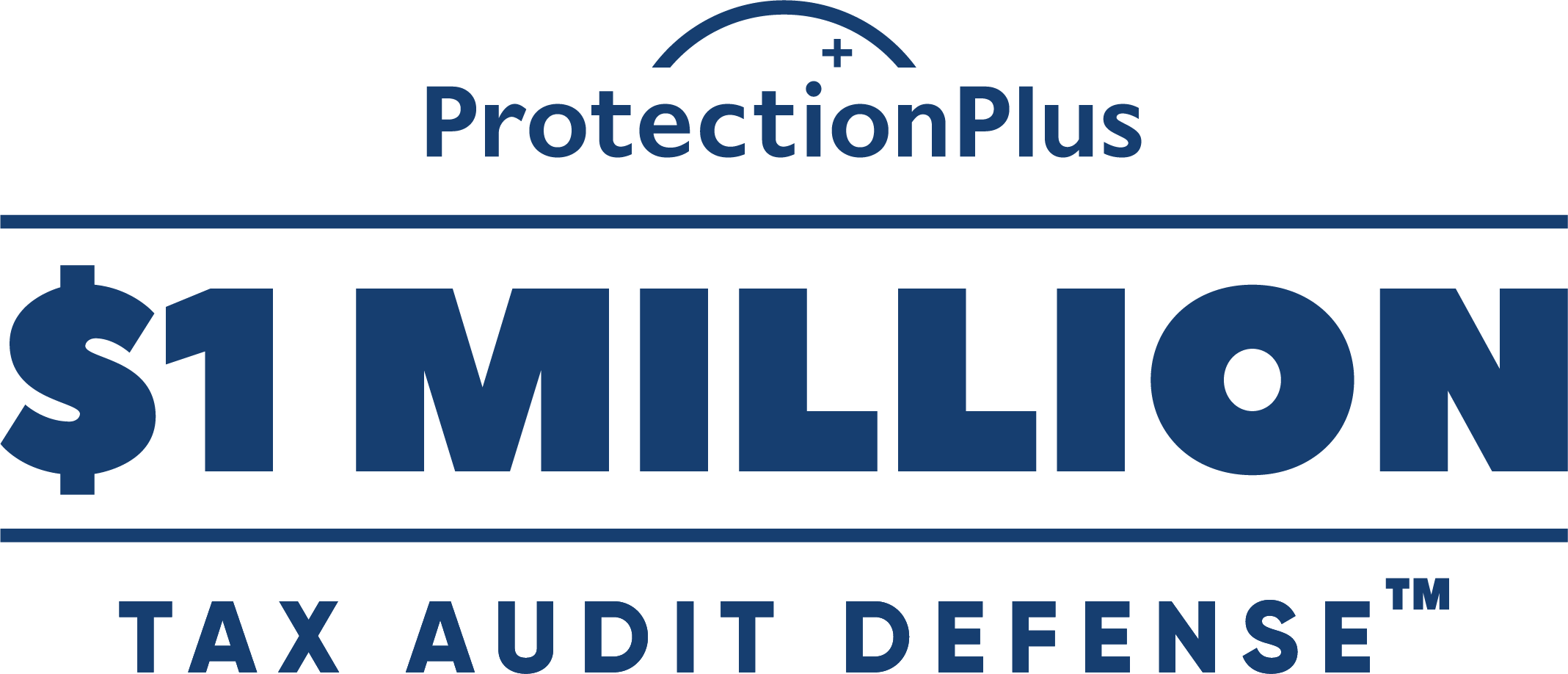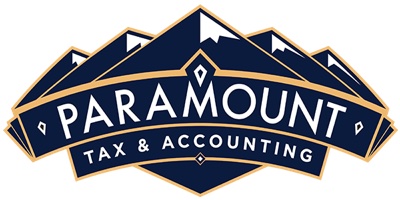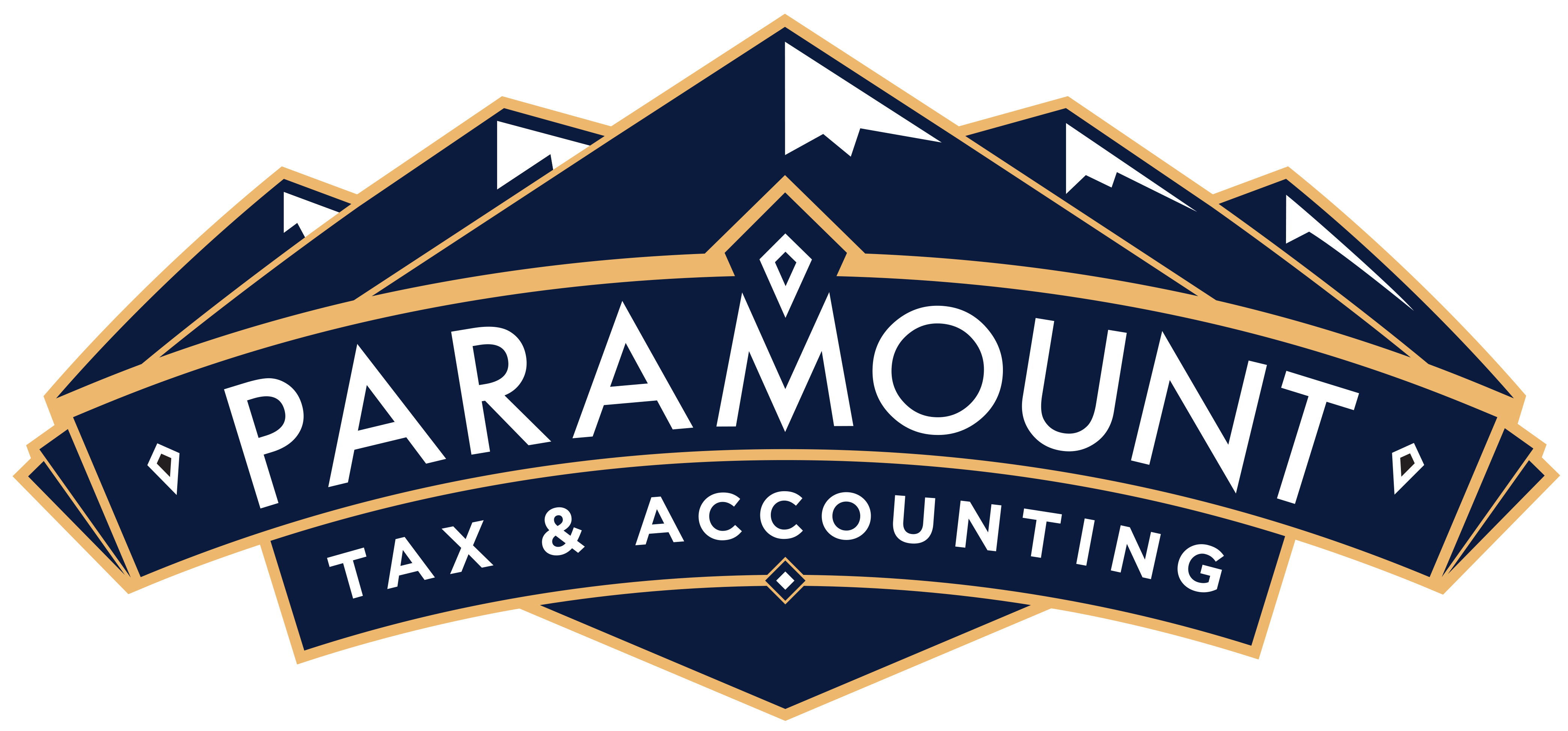
Protection Plus - $1,000,000 Tax Audit Defense
In the unlikely event you receive a tax notice, we have an entire audit defense department ready and available to help. We partner with Protection Plus $1 Million Tax Audit Defense so that we can work towards a favorable resolution in every situation our clients might face.


 You can see in the image above that the Open Bills list has three alternate views that you can open by clicking on them in the drop-down list: Item Receipt, Credit, and Unapplied Payments. If you have questions on any of these, please call and QuickBooks professional can explain them to you, since you should know when to consult these lists.
You can see in the image above that the Open Bills list has three alternate views that you can open by clicking on them in the drop-down list: Item Receipt, Credit, and Unapplied Payments. If you have questions on any of these, please call and QuickBooks professional can explain them to you, since you should know when to consult these lists.


